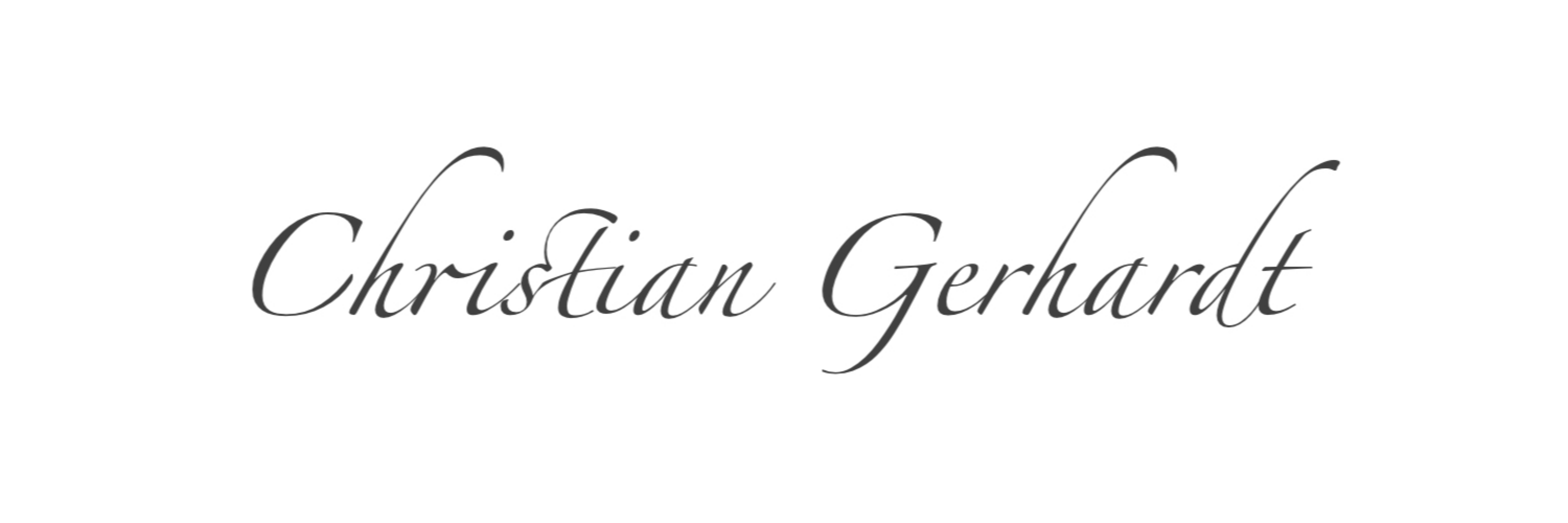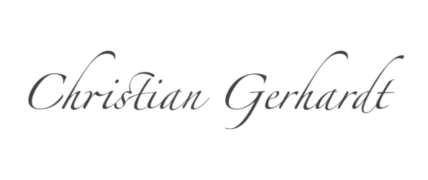Portrait painting in the Middle Ages
Portrait painting in the Middle Ages developed over several centuries and was strongly influenced by religious, social, and political functions. A clear idea of individual depiction, as later dominated the Renaissance, was almost entirely absent in the early centuries. Instead, symbolism and representation were paramount.
In the Early Middle Ages (approx. 5th–10th century), portrait art was closely tied to ecclesiastical and imperial power. Ruler portraits, such as the well-known image of Otto III in his gospel book, did not portray him as an individual person but as a monarch sent by God. Characteristic features included schematic faces, frontal depictions, and a complete lack of perspective. Art served to glorify divine order, not to represent personality.
With the flourishing of Romanesque art in the High Middle Ages (approx. 11th–12th century), the visual language changed slightly without abandoning its fundamental principles. Donor portraits became popular: nobles or ecclesiastical dignitaries had themselves depicted in frescoes, altarpieces, or manuscripts, usually in a submissive posture before saints or Christ. These representations emphasized humility while also highlighting worldly importance. Despite some attempts to incorporate individual traits, faces remained standardized and conveyed general virtues such as wisdom or piety.
Only with the transition to Gothic art (from the 13th century onward) did a noticeable change occur. Art began to embrace livelier, more emotional depictions. The growing urban culture and a new perspective on the human being led to portraits increasingly featuring individual characteristics. In French and English manuscript illumination, the first signs of distinctive physiognomies appeared during this time. In Italy, artists such as Cimabue and Giotto began to render faces in a more sculptural, human, and differentiated way. Nevertheless, these developments still largely served religious messages.
Finally, in the Late Middle Ages (14th–15th century), portraiture moved closer to the modern understanding. Especially in the Netherlands, with artists like Jan van Eyck and Rogier van der Weyden, works emerged that demonstrated great individual detail. People were no longer merely depicted as types, but with all their personal features: wrinkles, scars, fashions, and even psychological depth were made visible. At the same time, the symbolic level remained important, for example through the inclusion of attributes, luxurious garments, or elaborate backgrounds emphasizing rank and virtue.
In summary, portrait painting in the Middle Ages evolved from complete subordination to religious and political symbols to the gradual discovery of the individual. However, this development was not uniform but depended on regional styles, societal changes, and the respective functions of the artworks.



No Comments